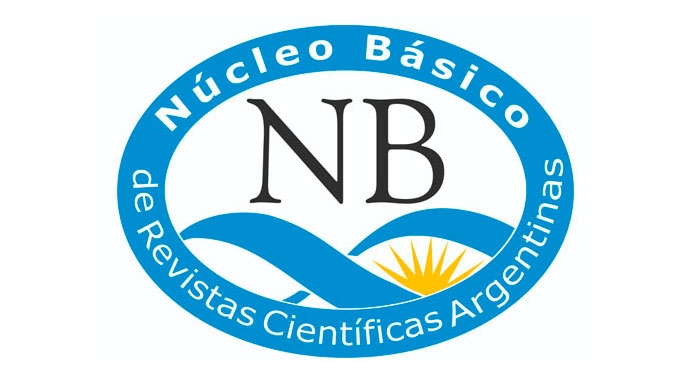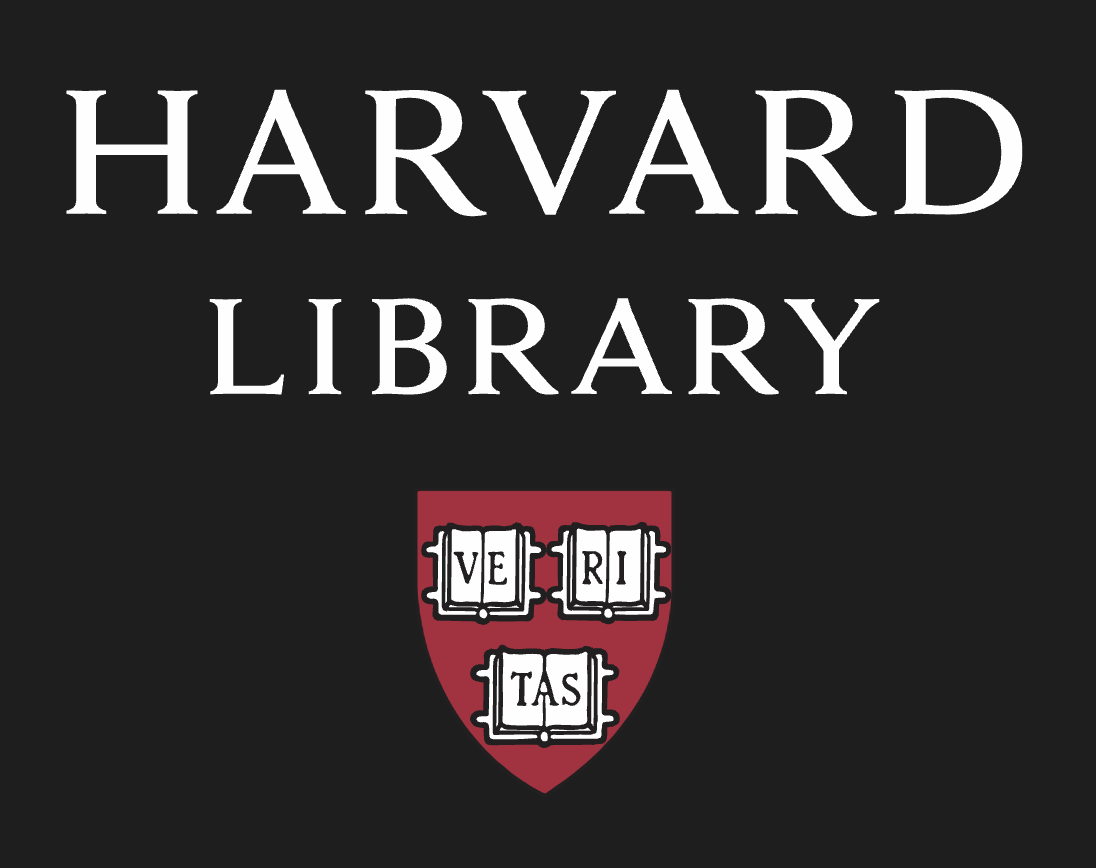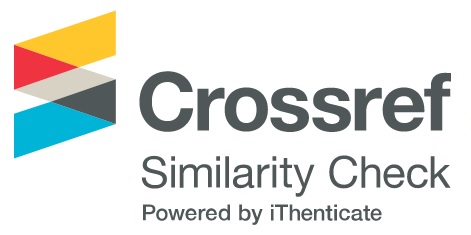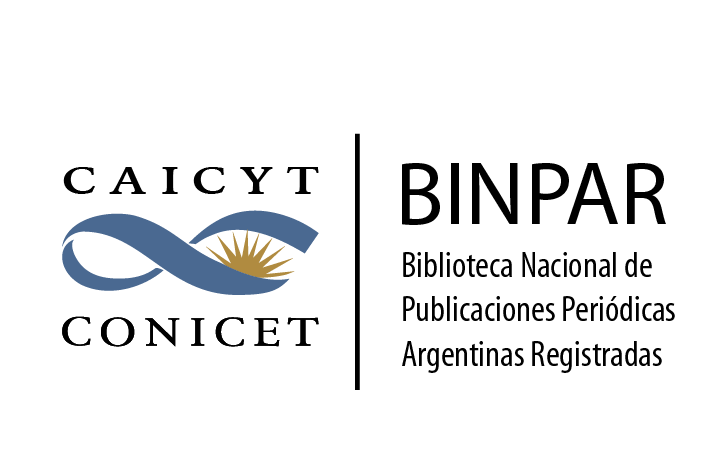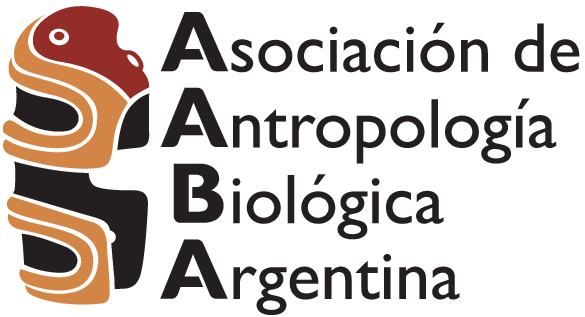Posición de los araucanos en un contexto asiático-europeo. I: metodología craneofuncional
Resumen
RESUMEN: Se acepta que el denominado substrato amerindio -que incluye a la mayoría de las poblaciones americanas actuales e históricas- incursionó en dirección norte-sur, desde el noreste asiático, pasando por el estrecho de Bering y el rosario de las Aleutianas. Según este modelo, las poblaciones amerindias poseen un ancestro básico de tipo mongoloide, con diferenciaciones secundarias originadas por procesos microevolutivos locales. Toda comparación basada en distancias o en componentes funcionales, debería entonces sostener la hipótesis: "las distribuciones amerindias se deben aproximar en mayor grado a las de las poblaciones asiáticas y en menor grado a las de las poblaciones europeas". Por componer los araucanos una distribución tipicamente amerindia, debe esperarse entonces que presenten mayor similitud morfológica con grupos asiáticos mongolizados y secundariamente, afinidades con grupos de extracción no mongoloide, dadas estas últimas por procesos evolutivos de adaptación o mestizaje. El objeto del presente trabajo es determinar si a nivel craneofacial se cumple el modelo propuesto a través de la metodología craneofuncional. Se procedió a medir los componentes funcionales anteroneural, mesoneural, posteroneural, ótico, óptico, respiratorio, masticatorio y alveolar en 48 cráneos provenientes de muestras japonesa, francesa y araucana. Se observó que: (a)las elipses de distribución producidas por el análisis canónico ubicaron a los araucanos en una posición casi equidistante entre japoneses y europeos; (b)los componentes funcionales discriminados por el análisis univariado fueron tres para la comparación europeo-japonesa (óptico, masticatorio y alveolar), los mismos tres para la comparación araucano-japonesa (pero con sentido inverso) y sólo el efecto tamaño del componente facial para la comparación araucano-europea. Con estos resultados se rechaza la hipótesis planteada y se sugiere que, además de los factores microevolutivos que condujeron a una adaptación por caza-recolección, los araucanos sufrieron primariamente el proceso de mongolización asiática acaecido durante el último estadial del pleistoceno y secundariamente una activa miscegenación con poblaciones del denominado substrato paleoindio, de carácter asiático no-mongoloide y del cual los restos de Warm Mineral Springs, Spirit Cave, Kennewick, Lagoa Santa, Tequendama y Palli Aike serían entre otros, sus representantes más conspicuos. Rev. Arg. Antrop. Biol. 2(1): 163-186, 1999.
ABSTRACT: It is known that the Amerindians -which include most of the extinct and extant American Indian populations- came to America from the Northeast of Asia, passing through the Bering Strait and the Aleutian Islands. According to this model, the Amerindian populations have a basic Asian Mongoloid configuration, which was secondarily modified by local microevolutionary processes. All comparisons based in distances and/or functional components should then support the hypothesis that "the Amerindian distributions should approach in a higher degree those of the Asian populations and in a lesser degree those of the European ones". Since the Araucanians constitute a typically Amerindian population, a greater morphologic similitude with Mongoloid Asian populations and secondary affinities with non-Mongoloid groups, caused by evolutionary processes of adaptation or miscegenation, are then expected. The object of the present study is to test the validity of this model at craniofacial level. The functional anterior neural, mid neural, posterior neural, otic, optic, respiratory, masticatory, and alveolar components were measured in 48 crania belonging to well-identified European, Japanese and Araucanian collections. It was observed that: (a) the distribution ellipses given by the canonical analysis were concordant in placing the Araucanians almost equidistantly between the Japanese and the Europeans; (b) the functional components discriminated in shape by the univariate analysis were the optic, masticatory and alveolar ones for both the European-Japanese comparison and -although with inverse meaning- the Japanese-Aracanian one. Whereas, only changes in facial size characterized the European-Araucanian comparison. These results allowed us to reject the stated hypothesis. It is suggested that, besides the Holocene adaptation to hunter-gathering, the Araucanians underwent -after the Pleistocene Mongolization process- an active miscegenation with non-Mongolized Asian Paleoindian populations, the skeletons of Warm Mineral Springs, Spirit Cave, Kennewick, Lagoa Santa, Tequendama and Palli Aike being their most conspicuous examples. Rev. Arg. Antrop. Biol. 2(1): 163-186, 1999.
Descargas
Referencias
Baillict G (i 998) Implementación del estudio de minisatélites y de ADN mitocondrial en poblaciones naturales: aspectos evolutivos y demográficos. Tesis Doctoral. Facultad de Ciencias Naturales y Museo. Universidad Nacional de La Plata.
Bailliet G, Bianchi NO y Carnesc FR (1993) Caracterización de marcadores mitocondriales en poblaciones amerindias. Resúmenes de las Primeras Jornadas Nacionales de Antropología Biológica. La Plata.
Beals KL, Smith CL y Dodd SM (1983) Climate and the evolution of brachycephalization. Am. J. Phys. Anthropol. 62:425-437.
Bianchi NO y Rothhammer F (1995) Reply to Torroni and Wallace. Am. J. Hum. Genet. 56:1236-1238.
Brace CL (1995) Region does not mean “race”-reality versus convention in forensic anthropology. J. Forensic. Sci. 40:171-175.
Cavalli-Sforza LL, Menozzi P y Piazza A (1994) The history and geography of human genes. New Jersey, Princeton University Press.
Chimge NO, Tanaka H, Kashiwase K, Ayush D, Tokunaga K, Saji H, Akaza T, Batsuuri J y Juji T (1997) The HLA system in the populations of Mongolia. Tissue Antigens 49:477-483.
Coon CS, Gam SM y Birdsell JB (1950) Races. A Study of the Problems of Race Formation in Man. Springfield, CC Thomas.
Dubrova YE, Bogatyrjova LV y Pushkina El (1993) Genetic affinities of Buryat populations and the other Mongoloids of Siberia. Hum. Hered. 43:82-85.
Goicoechea AS (1992) Análisis y distribución de los polimorfismos de los grupos sanguíneos, isoaglutininas ABO y estado secretor (ABH) en una población mapuche de Blancura Centro, provincia de Río Negro. Tesis Doctoral. Facultad de Filosofía y Letras. Universidad de Buenos Aires.
Goicoechea AS, Caratini AL, Dejean CB y Carnese FR (1994) Diversidad genética en poblaciones mapuches. Resúmenes del IV Congreso de la Asociación Latinoamericano de Antropología Biológica y Segundas Jomadas Nacionales de Antropología B iológica. Buenos Aires.
Harper AB (1980) Origins and divergence of Aleuts, Eskimos, and American indians. Ann. Hum. Biol. 7:547-554.
Hinton RJ (1983) Relationships between mandibular joint size and craniofacial size in human groups. Arch. Oral Biol. 28:37-43.
Ishida H (1992) Flatnees of facial skeleton in Siberian and other circum-Pacific populations. Z. Morphol. Anthropol. 79:53-67.
Jacobson A, Preston CB, Boettner VA y Pereira CB (1977) The craniofacial pattern of the Lengua Indians of Paraguay. Am. J. Phys. Anthropol. 47:467-472.
Kasai K, Richards LC y Brown T (1993) Comparative study of craniofacial morphology in Japanese and Australian aboriginal populations. Hum. Biol. 65:821-834.
Kate H ten (1893) Contribution a’ la craniologie des araucans argentins. Revista del Museo de La Plata 4:211 -220.
Kirk RL (1982) Microevolution and migration in the Pacifie. Prog. Clin. Biol. Res. 103Pt.A:215-225.
Klaauw CJ van der (1948-52) Size and position of the functional components of the skull. Arch. Neerl. Zool. 9:1-559.
Matsumoto H, Matsui K, IshidaN, Ohkura Ky Teng YS (1980) The distribution of Gc subtypes among the mongoloid populations. Am. J. Phys. Anthropol. 53:505-508.
MeShaneD (1983)Neurocranial form: differentiating four ethnic populations using a simple CT scan measure. Int. J. Neurosci. 21:137-143.
Meltzer DJ (1993) The pleistocene peopling of the Americas. Evol. Anthropol. 1:157-169.
Merri wether DA, Hall W, Vahlne A y Ferrell R (1996) MtDNA variation indicates Mongolia may have been the source for the founding population for the New World. A. J. Hum. Genet. 59:204-212.
Morell V (1998) Genes may link ancient Eurasians, native Americans. Science 280:520.
Moss ML y Young RW ( 1960) A functional approach to craniology. Am. J. Phys. Anthropol. 18:281-292.
Munford D, Zanini MC y Neves WA (1995) Human cranial variation in South America: inplications for the settlement of the New World. Braz. J. Genet. 18:673-688.
Neel JV, BiggarRJ y Sukemik RI (1994) Virologie and genetic studies relate Amerind origins to the indigenous people of the Mongolian/Manchuria/Southeastern Siberia region. Proc. Natl. Acad. Sci. 19:10737-10741.
Nei M (1982) Evolution of human races at the gene level. Prog. Clin. Biol. Res. 103Pt. A: 167-181.
Nei M y Roychoudhury AK (1993) Evolutionary relationships of human populations on a global scale. Mol. Biol. Evol. 10:927-943.
Neves WA y Pucciarclli HM (1989) Extra-continental biological relationships of early South American human remains: a multivariate analysis. Ciencia c Cultura 41:566-575.
Neves WA y Pucciarelli HM (1991) Morphological affinities of the first Americans: an exploratory analysis based on early South American human remains. J. Hum. Evol. 21:261-273.
Neves WA, Zanini MC, Munford D y Pucciarelli HM (1997) O povoamento da América a luz da morfología craniana. Revista USP 34:96-105.
Pucciarelli HM, Dressino V y Niveiro MH (1990) Changes in skull components of the squirrel monkey evoked by growth and nutrition: an experimental study. Am. J. Phys. Anthropol.,81:535-543.
Pucciarelli HM, Muñe MC, Oyhenart EE, Orden AB, Villanueva ME, Rodriguez RR y Pons ER (1998 m.s.) Growth of Skeletal Components in the Young Squirrel Monkey (Saimiri sciureus holiviensis). A Longitudinal Experiment.
Roychoudhury AK (1978) Genetic distance between the American Indians and the three major races of man. Hum. Hered. 28:380-385.
Rushton JP (1992) Contributions to the history of psychology: XC. Evolutionary biology and heritable traits (with reference to oriental-white-black differences): the 1989 AAAS paper. Psychol. Rep. 71:811-821.
Salzano FM y Callegari-Jacques SM (1988) South American Indians: A Case Study in Evolution. Oxford, Oxford University Press.
Shea BT (1977) Eskimo craniofacial morphology, cold stress and the maxillary sinus. Am. J. Phys. Anthropol. 47: 289-300.
Simpson GG, Roc A y Lcwontin RC (1960) Quantitative Zoology. New York, Hareourt, Brace and Company.
Szathmary EJ (1984) Peopling of northern North America: clues from genetic studies. Acta Anthropogcnct 8:79-109.
Szathmary EJ (1993) MtDNA and the peopling of the Americas. Am. J. Hum. Genet. 53:793-799.
Torroni A, Sukernik RI, Schurr TG, Starikovskaya YB, Cabell MF, Crawford MH y Comuzzie AG (1993) MtDNA variation in aboriginal Siberians reveals distinct genetie affinities with Native Americans. Am. J. Hum. Genet. 53:591-608.
Turner IICG (1983) Dental evidence for the peopling of the Americas. En Schutler Jr. R (cd.): Early Man in the New World. Beverly Hills, Sage Publications.
Turner II CG (1984) Advanees in the dental search for native american origins. Acta Anthropogcnct. 8:23-78.
Washburn SL y Detwiler SR (1943) An experiment bearing on the problems of Physical Anthropology. Am. J. Phys. Anthropol. 1:171-190.
Zegura SL (1984) The initial peopling of the Americas: an overview from the perspective of Physical Anthropology. Acta Anthropogcnct. 8:1-21.
Descargas
Número
Sección
Licencia
La RAAB es una revista de acceso abierto tipo diamante. No se aplican cargos para la lectura, el envío de los trabajos ni tampoco para su procesamiento. Asímismo, los autores mantienen el copyright sobre sus trabajos así como también los derechos de publicación sin restricciones.





